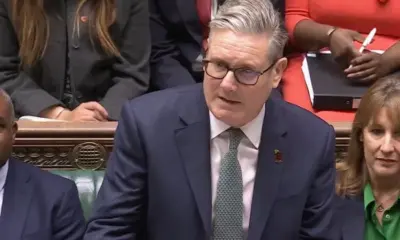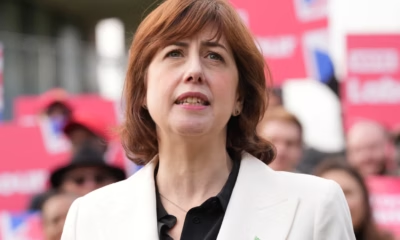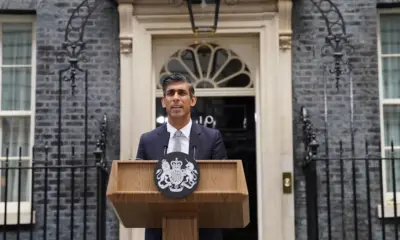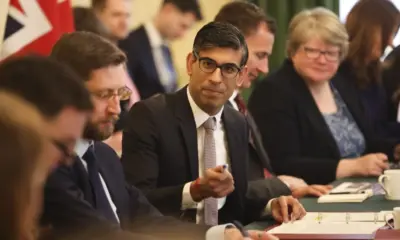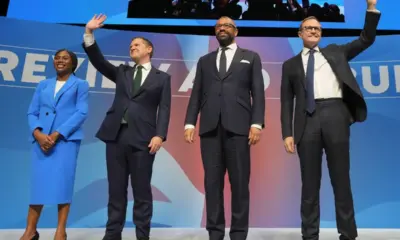Politics
General Election 2025 Countdown: Labour and Conservatives Outline Competing Economic Agendas
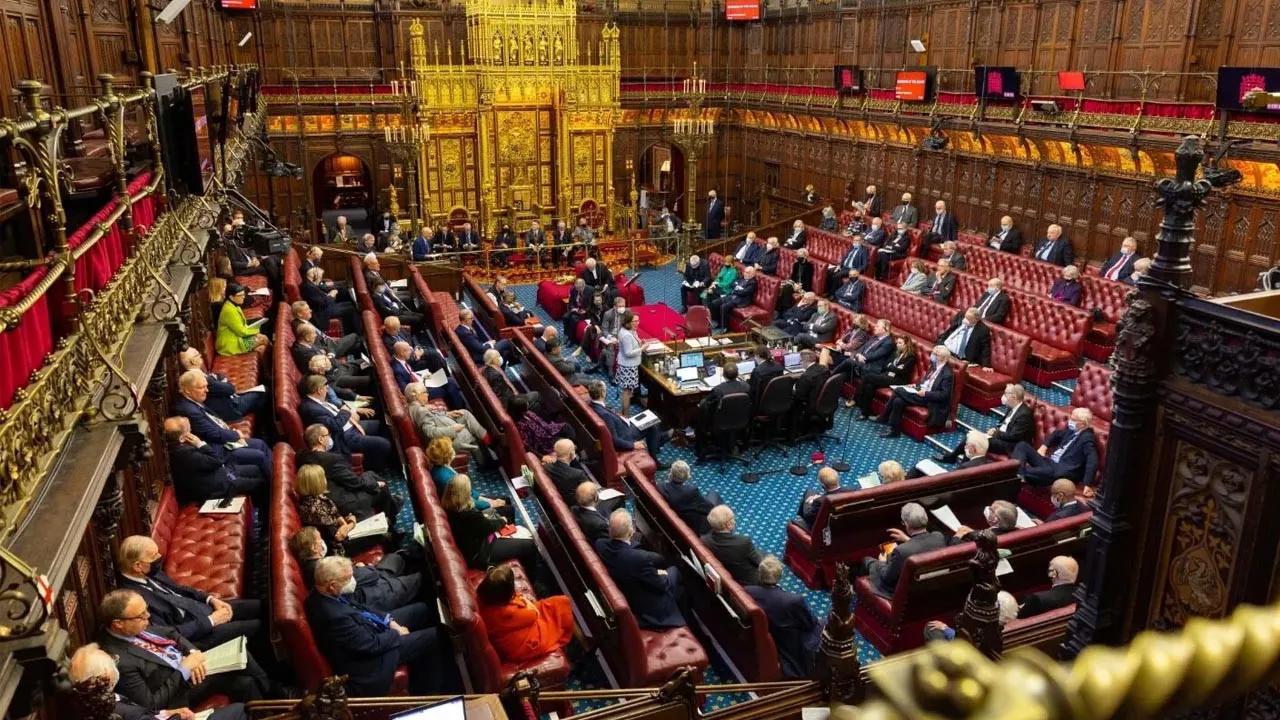
As the United Kingdom moves toward the 2025 general election, the economy stands at the heart of the political debate. Both Labour and the Conservatives are promoting sharply contrasting visions for Britain’s financial future, hoping to convince voters that they hold the keys to stability and growth. After years of modest expansion and a lingering cost-of-living crisis, the next government will inherit the challenge of rebuilding confidence in public finances, restoring productivity, and addressing deep regional inequalities. The competing manifestos reveal two distinct approaches to achieving these goals, offering voters a choice between state-led investment and market-driven discipline.
Labour’s Plan for Inclusive and Sustainable Growth
Labour’s economic message centers on renewal through investment and fairness. The party has pledged a comprehensive strategy to rebuild the nation’s infrastructure, raise living standards, and make Britain a leader in green technology. Its proposed National Wealth Fund would combine public and private investment to support renewable energy projects, electric vehicle manufacturing, and advanced technology sectors. Party leaders argue that such investments will generate long-term jobs and drive innovation across the country.
Labour also promises to strengthen workers’ rights and ensure pay rises that keep pace with inflation. Reforms to employment law would include ending exploitative contracts and improving conditions for gig economy workers. Housing is another cornerstone of Labour’s platform, with commitments to increase affordable homebuilding and impose stronger rent protections.
To finance these ambitions, Labour plans to implement moderate tax reforms. Adjustments to corporate taxation and capital gains are expected to raise revenue without discouraging business investment. The party’s leadership insists that its spending will remain within fiscal rules, presenting the agenda as both responsible and forward-looking. Critics, however, warn that expanding public investment too rapidly could strain borrowing and lead to higher taxes in the long term.
Nonetheless, Labour argues that its policies would lay the foundation for a more equitable economy. The focus is not only on growth but also on how that growth is shared. By investing in regional economies and public services, the party hopes to win back voters in areas that have felt left behind since the 2019 election.
The Conservative Approach: Stability and Market Confidence
The Conservatives, meanwhile, are making fiscal stability their central message. After years of economic turbulence, they claim that continuity, discipline, and business confidence are essential to securing recovery. The party has pledged to maintain low taxes and reduce public debt, presenting itself as the safe choice for uncertain times.
Its manifesto emphasizes private enterprise as the engine of growth. Plans include expanding investment incentives for small and medium-sized businesses, reforming planning laws to accelerate development, and maintaining competitive tax rates for investors. The government also aims to continue its “levelling up” strategy, supporting regional infrastructure projects in transport, broadband, and skills training to boost local economies.
The Conservatives’ argument is that growth driven by private investment and stable finances will create more sustainable prosperity than state-led spending. They have promised not to raise income tax thresholds and to limit new borrowing to protect market confidence. The leadership contends that their policies have already stabilized inflation and begun to restore fiscal balance, setting the stage for cautious but durable growth.
However, critics argue that the Conservative approach lacks ambition and fails to address the structural challenges facing the UK economy. Public service leaders have warned that continued restraint could limit improvements in health, education, and local government. Despite these concerns, supporters believe that prudence and predictability are vital to maintaining investor trust and preventing renewed market volatility.
Voter Sentiment Across Key Regions
Regional dynamics are expected to shape the election outcome. In northern England and the Midlands, many voters remain undecided, weighing Labour’s promise of investment against concerns about cost. These areas, once Labour strongholds, turned Conservative in 2019 but remain sensitive to economic conditions such as employment and infrastructure funding.
In the South and rural regions, fiscal conservatism and low taxes continue to resonate, although Labour has gained ground among younger and urban voters concerned with housing affordability and climate policy. Polls suggest that the electorate is divided but focused on credibility, voters want realistic plans, not grand promises.
Smaller parties could also influence results in marginal constituencies. The Liberal Democrats are campaigning on a platform of local investment and social care funding, while the Green Party is focusing on renewable energy and environmental protection. The Reform Party appeals to voters frustrated by both major parties, emphasizing tax cuts and deregulation.
The Global Context and Economic Reality
The 2025 election takes place amid a volatile international environment. Global trade tensions, fluctuating energy prices, and technological competition have increased pressure on policymakers. Both Labour and the Conservatives acknowledge that the UK’s economic performance depends not only on domestic decisions but also on its ability to remain competitive in a changing world.
Economists warn that any new government will face limited fiscal space. High national debt and rising borrowing costs mean that ambitious promises must be balanced with realism. This constraint has led both parties to moderate their rhetoric, focusing instead on credibility and efficiency. For voters, the choice may come down to who can best manage resources while preparing the country for long-term challenges such as energy transition, automation, and demographic change.
Conclusion
The countdown to the 2025 general election has become a contest between two economic philosophies. Labour is offering an agenda of active government investment and social renewal, while the Conservatives emphasize stability, lower taxes, and fiscal prudence. Each message appeals to different aspects of the national mood, one aiming to inspire transformation, the other to preserve confidence.
Ultimately, the election will hinge on which vision voters believe can deliver real economic security. After years of uncertainty, the British public appears ready for steady progress rather than sweeping promises. Whether that progress comes through state investment or market confidence will define the country’s direction for years to come.

